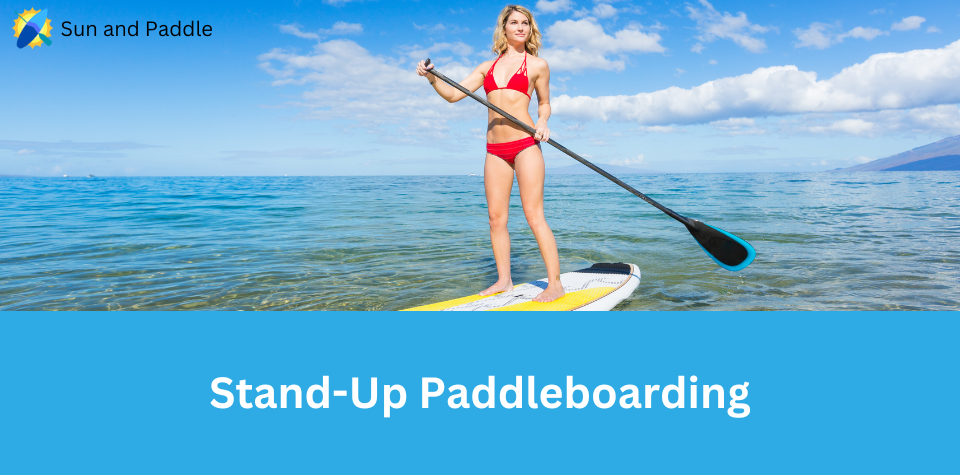Stand-up paddleboarding (SUP) is a water sport activity that involves standing on a board and using a paddle to move through the water. It combines surfing and paddling and has become increasingly popular over the years due to its versatility and accessibility.
The paddleboard used in SUP is typically longer, wider, and thicker than a traditional surfboard, providing greater stability and buoyancy. The paddle used in SUP is also unique, featuring a long handle and a wide blade that allows for efficient movement through the water.
Stand-up paddleboarding can be done in a variety of bodies of water, including oceans, lakes, rivers, and even pools. It can be enjoyed as a leisurely activity, a full-body workout, or a means of transportation for exploring waterways.
One of the unique aspects of SUP is that it can be practiced in a variety of conditions, including flat water, choppy water, and even waves. This makes it a versatile activity that can be enjoyed by people of all ages and skill levels.
Overall, Stand-up paddleboarding is a fun and engaging water sport that provides a unique perspective on the water and a great full-body workout. Whether you are a seasoned paddler or a first-time participant, SUP is a great way to enjoy the outdoors and explore the water.
What is the Point of Paddleboarding?
Stand-up paddleboarding (SUP) is an enjoyable and exciting water sport that offers a range of benefits. The sport involves standing on a paddleboard and using a paddle to navigate through the water. But what is the point of paddleboarding?
What are Some Benefits of Paddleboarding
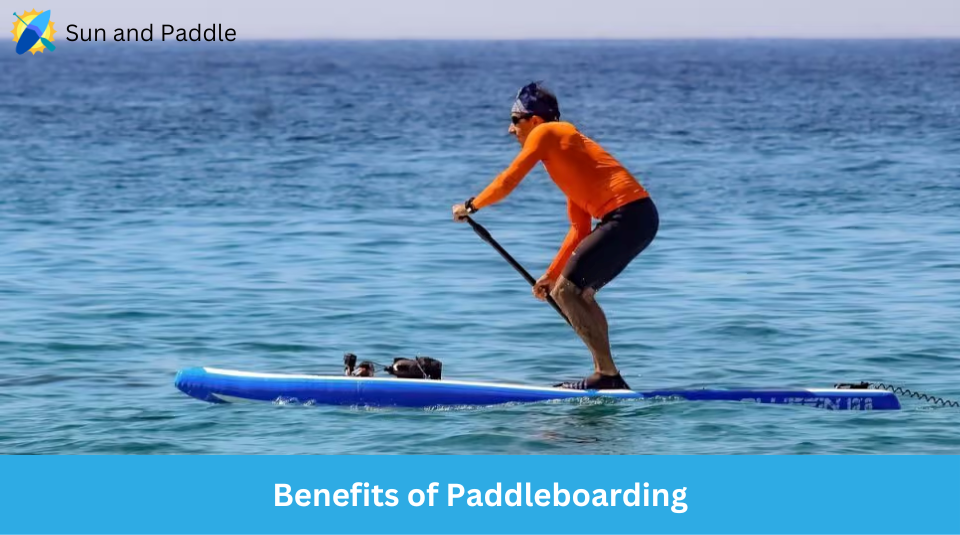
Paddleboarding offers numerous health benefits, including a full-body workout that engages the muscles in the legs, core, and arms. It also improves balance and coordination, which can greatly reduce stress and improve mental health. Additionally, paddleboarding can be a low-impact exercise, making it an excellent choice for people with joint pain or injuries. There are many more benefits to stand-up paddleboarding, including mental and physical health benefits.
Fun and Nature
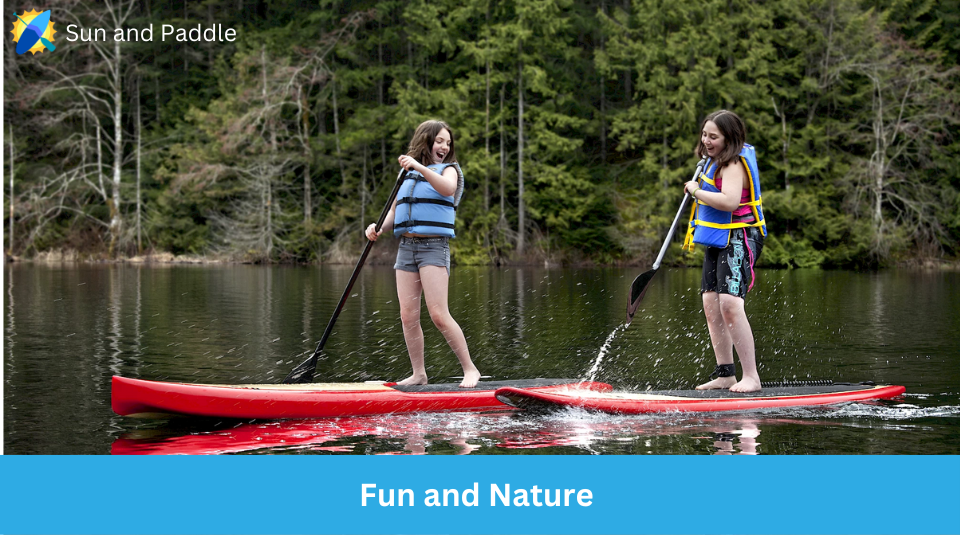
Paddleboarding is a fun and exciting way to explore nature and enjoy the great outdoors. Whether you’re paddling on a calm lake or navigating through ocean waves, paddleboarding allows you to experience the beauty of nature in a unique and exhilarating way. It’s also a great way to spend time with friends and family and can be an excellent bonding experience.
Water Sports
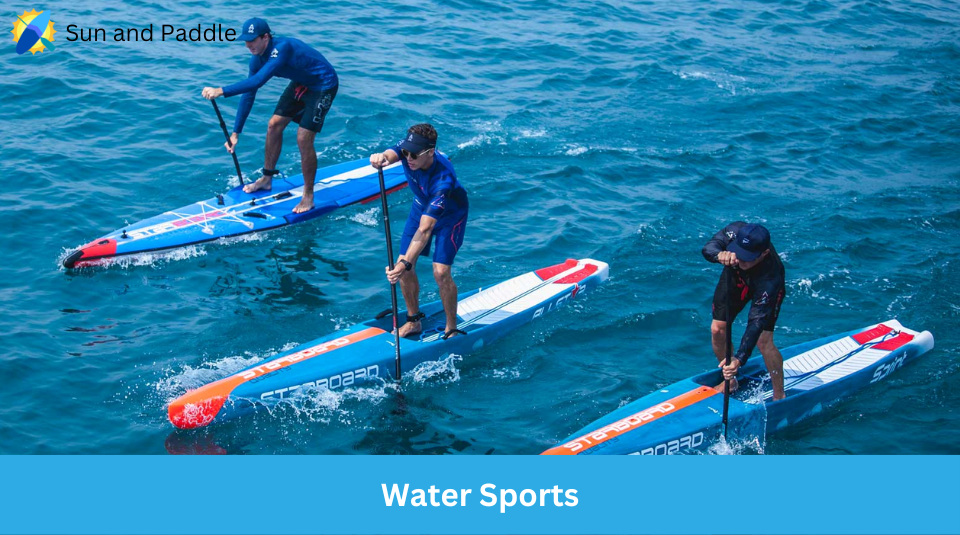
Paddleboarding is a popular water sport that offers a range of activities, including surfing, racing, yoga, and fishing. Whether you’re a beginner or an experienced paddler, there’s a paddleboarding activity that’s perfect for you.
Guide and Tips
If you’re new to paddleboarding, getting the right guidance and tips is essential to ensure a safe and enjoyable experience. You can find a range of guides and tips online, covering everything from choosing the right board to paddling techniques and sun protection. To learn how to stand-up paddleboard, you can watch lessons or take a class. Most rental locations will offer a class or at least provide you with some instruction before letting you go out.
Sun Protection and Sunglasses
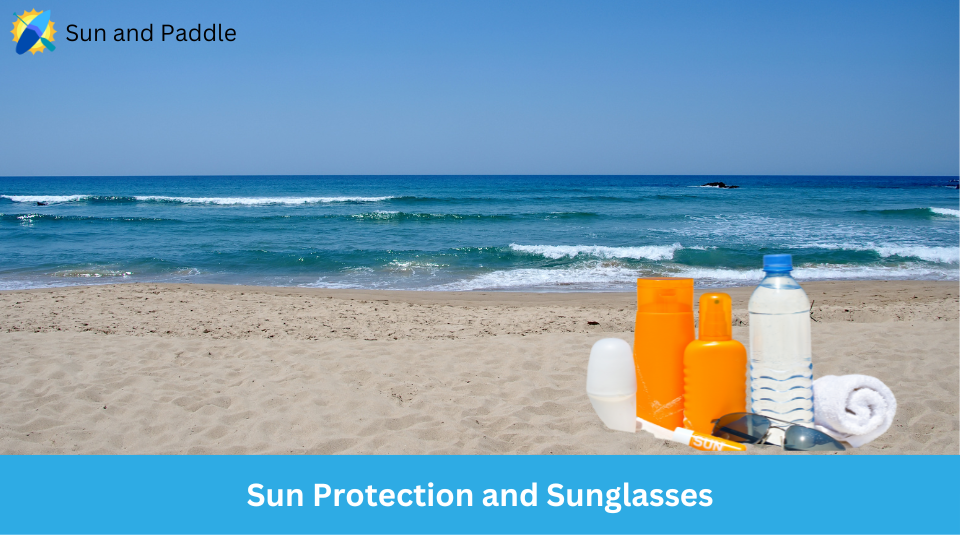
When paddleboarding, protecting your skin and eyes from the sun’s harmful rays is important. Wearing sunscreen and sunglasses with UV protection can help prevent sunburn and eye damage. Additionally, wearing a hat and lightweight, breathable clothing can help keep you cool and comfortable while paddling.
Overall, the point of paddleboarding is to have fun, enjoy nature, and reap the numerous health benefits that come with this exciting water sport. Whether you’re a beginner or an experienced paddler, there’s no better time to get out on the water and experience the thrill of paddleboarding.
What are the Differences Between a Paddleboard and a Surfboard?
Stand-up paddleboarding (SUP) and surfing are two popular water sport with some similarities but have significant differences. Understanding the differences between paddleboards and surfboards can help you choose the right board for your needs.
How are the Length and Width of a Paddleboard Different Than a Surfboard?
One of the most significant differences between a paddleboard and a surfboard is their length and width. Paddleboards are generally longer and wider than surfboards, making them more stable and easier to balance. The average length of a SUP is 11 feet, and the average width is 33 inches. In contrast, surfboards are much shorter, usually eight feet or less, and narrower, usually around 22 inches or less.
What is the Difference in Construction Between a Paddleboard and Surfboard?
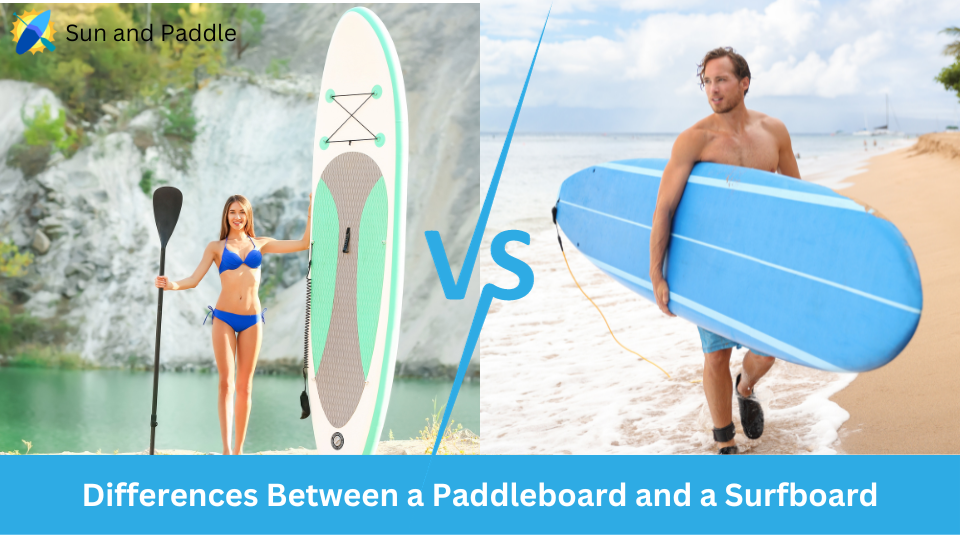
Paddleboards and surfboards are also constructed differently. Paddleboards are thicker, longer, and wider than surfboards. Their increased thickness due to a higher foam volume or air volume provides more stability when paddling and keeps the board floating on the water’s surface. Foam boards are around four inches thick, and inflatable boards range from five inches or more.
Surfboards, on the other hand, are thinner, about three inches, and have less foam volume. They are designed to be lightweight and maneuverable, allowing surfers to catch and ride waves.
What is the Difference in Purpose of a Paddleboard and Surfboard?
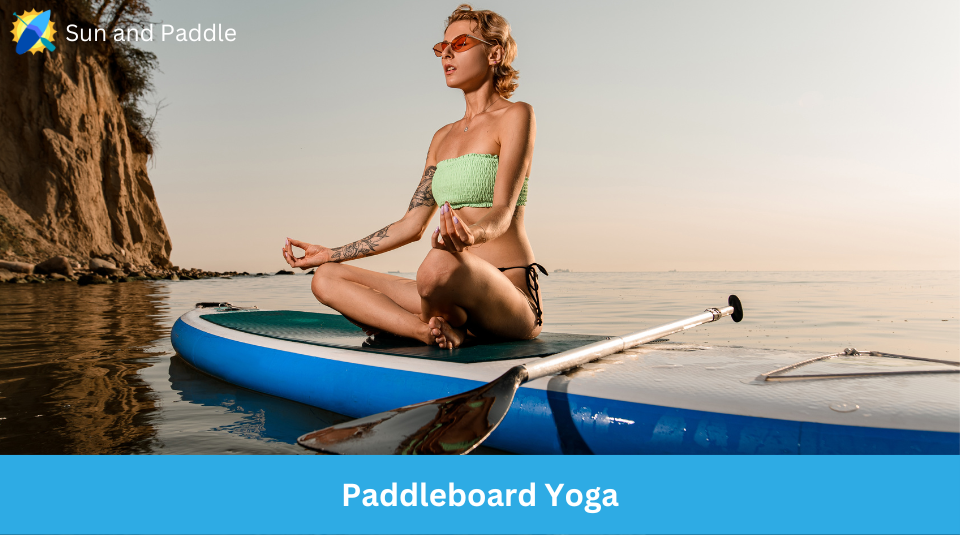
Another significant difference between a paddleboard and a surfboard is their purpose. Paddleboards are versatile and can be used for a variety of activities, such as touring, racing, yoga, and fishing. SUP boards can also be used in flat water, which opens up a whole range of options for choosing a location to go SUP surfing.
Surfboards are designed specifically for surfing and require certain conditions for maximum enjoyment to practice basic surfing maneuvers. Traditional surfing requires waves, which can limit the locations where surfers can ride.
What is the Difference in Required Skill Level Between Paddleboarding and Surfing?
Paddleboarding is less intense overall than surfing, attracting a more laid-back type of water-lover. SUP is easier to learn and requires less skill than surfing, making it more accessible to beginners. Surfing, however, requires a certain level of skill and experience to catch and ride waves successfully.
In conclusion, understanding the differences between paddleboards and surfboards can help you choose the right board for your needs. Paddleboards are generally longer, wider, and thicker, making them more stable and versatile, while surfboards are thinner and designed specifically for surfing.
Origin of Stand-Up Paddleboarding
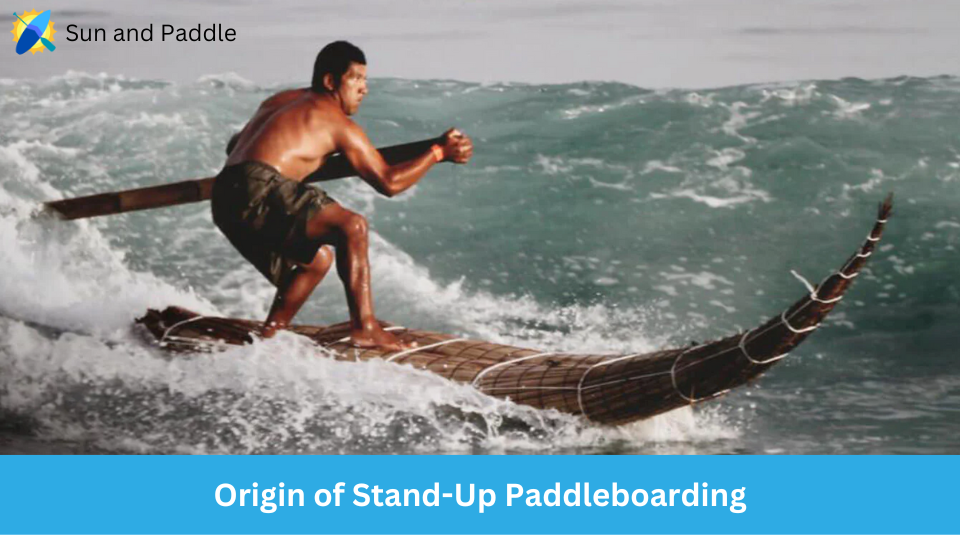
Stand-up paddleboarding (SUP) is a water sport that has recently gained immense popularity. It involves standing on a large board and propelling oneself forward using a paddle. The origins of SUP can be traced back thousands of years, but the current form and popularity of the sport originated in Hawaii in the 1940s.
What are the Roots of SUP?
The roots of SUP can be traced back to the ancient Polynesians, who used boards to navigate the waters around their islands. The boards were used for fishing, transportation, and even in battles. The boards were made from local materials such as koa wood and were often decorated with intricate designs.
In the 1940s, Hawaiian surfers began paddling out to the waves using longboards. John Ah Choy is one of the first surfers to stand up on a board and paddle with a canoe paddle. This allowed him to catch more waves and ride them for longer periods of time.
In What Countries is SUP Popular?
SUP has become a popular sport in many countries around the world. It is particularly popular in the United States, Australia, and Europe. In recent years, SUP has also gained popularity in Asia, with countries such as Japan, China, and Thailand embracing the sport.
One of the reasons for the popularity of SUP is its versatility. It can be done in calm waters such as lakes and rivers and in the open ocean. It can be used for leisurely paddles, yoga, fishing, and even racing.
What is the Displacement Hull Design of a SUP?
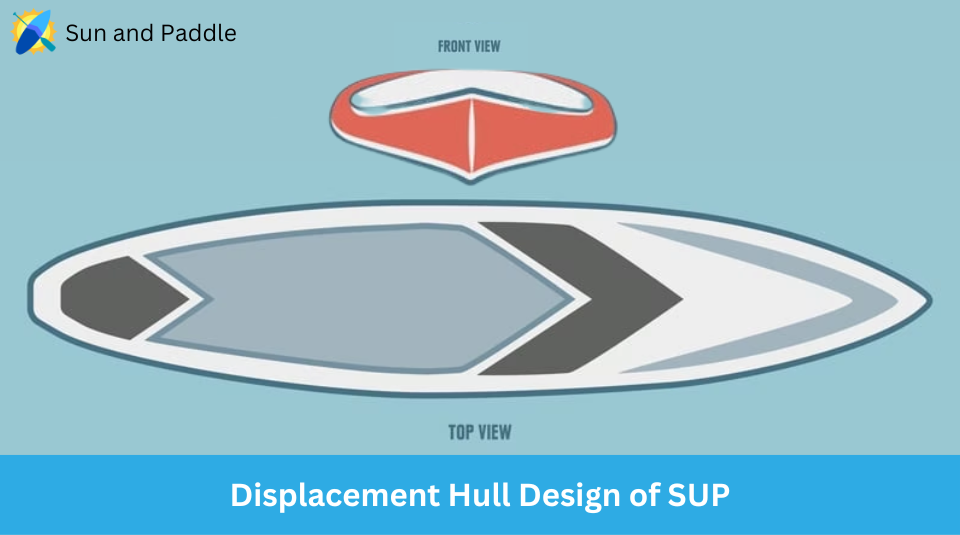
The design of the board used for SUP has also evolved over time. In the early days, surfboards were used, but they were not ideal for SUP. In the 2000s, a new design known as the displacement hull was introduced. This design allows the board to cut through the water more efficiently, making it easier to paddle and faster on flat water.
Overall, the origin of SUP can be traced back to the ancient Polynesians, but the current form and popularity of the sport originated in Hawaii in the 1940s. With its versatility and accessibility, SUP has become a popular sport in many countries worldwide. The board’s design has also evolved over time, with the introduction of the displacement hull making it easier to paddle and faster on flat water.
Modern Paddleboard Design
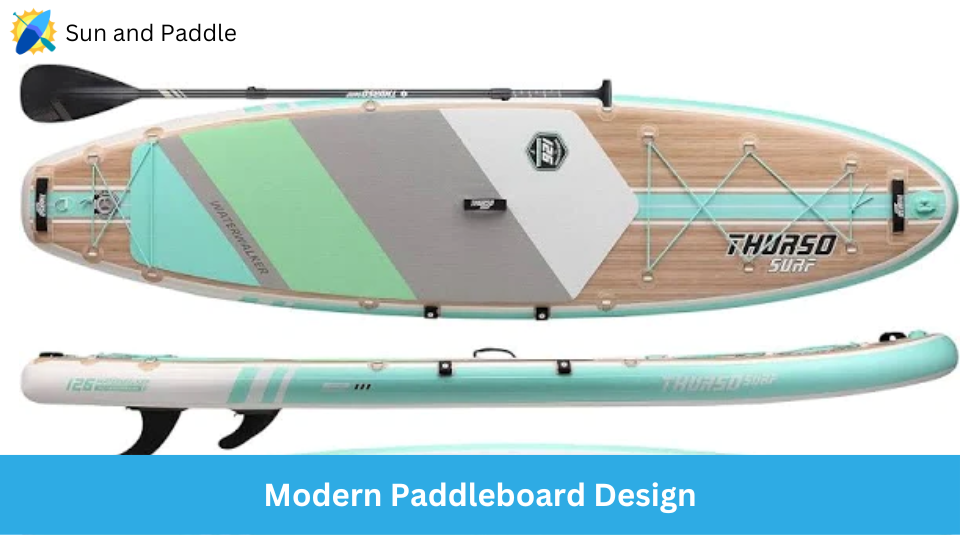
Stand-up paddleboarding has come a long way since its origins in Hawaii. Modern paddleboard design has evolved to meet different riders’ and activities’ needs and preferences. In this section, we will explore some of the key developments in paddleboard design and how they have influenced the sport.
Who is Credited with Creating the First Modern Paddleboard?
Tom Blake is credited with inventing the first modern paddleboard design in the 1930s. He added a fin to a traditional surfboard to increase stability and control. This innovation allowed riders to stand up on the board and use a paddle to move through the water. Blake’s design set the stage for the development of stand-up paddleboarding as a distinct sport.
Rebirth of Paddleboarding
In the 2000s, stand-up paddleboarding experienced a resurgence in popularity as riders rediscovered its versatility and accessibility. This led to a wave of innovation in paddleboard design, with manufacturers experimenting with different shapes, materials, and features to meet the demands of different riders and activities.
What are Some Paddleboard Activities?
Today, paddleboards are designed for a wide range of activities, from racing to yoga to flatwater cruising. Here are some of the key features and design considerations for different types of paddleboards.
- Gear: Racing paddleboards are typically longer and narrower than recreational boards, with a pointed nose and a displacement hull that slices through the water. They also often feature specialized fins and deck pads for maximum speed and control.
- Deck: Recreational paddleboards are designed for stability and ease of use. They are typically wider and shorter than racing boards, with a flat or slightly concave deck that provides a stable platform for beginners and casual riders. They may also feature padded decks for added comfort.
- Race: Touring paddleboards are designed for long-distance paddling in a variety of conditions. They are typically longer and narrower than recreational boards, with a pointed nose and a displacement hull that provides speed and efficiency. They may also feature specialized fins and deck pads for maximum control and stability.
- Market: Inflatable paddleboards have become increasingly popular in recent years due to their ease of storage and transport. They are typically made from durable PVC material and can be inflated and deflated in minutes using a pump. They may also feature specialized fins and deck pads for added stability and control.
- Core: Performance paddleboards are designed for advanced riders who want maximum speed and maneuverability. They are typically shorter and narrower than recreational boards, with a pointed nose and a planing hull allowing quick turns and responsive handling. They may also feature specialized fins and deck pads for added control.
- SUP Yoga: Yoga paddleboards are designed for stability and comfort during yoga practice on the water. They are typically wider and longer than recreational boards, with a flat deck and a soft, non-slip surface that provides a stable platform for yoga poses. They may also feature specialized deck pads and anchors for attaching yoga straps.
- Flatwater: Flatwater paddleboards are designed for cruising and exploring calm lakes and rivers. They are typically wider and longer than recreational boards, with a flat or slightly concave deck that provides a stable platform for casual paddling. They may also feature specialized fins and deck pads for added control and stability.
Overall, modern paddleboard design reflects riders’ diverse needs and preferences today. Whether you are looking for speed, stability, comfort, or versatility, there is a paddleboard for you.
Are There SUP Competitions?
Stand-up paddleboarding has become a popular competitive sport, with various international organizations hosting events and competitions worldwide. These events test the competitors’ skills in various conditions, including wind, light, and waves.
International Surfing Association (ISA)
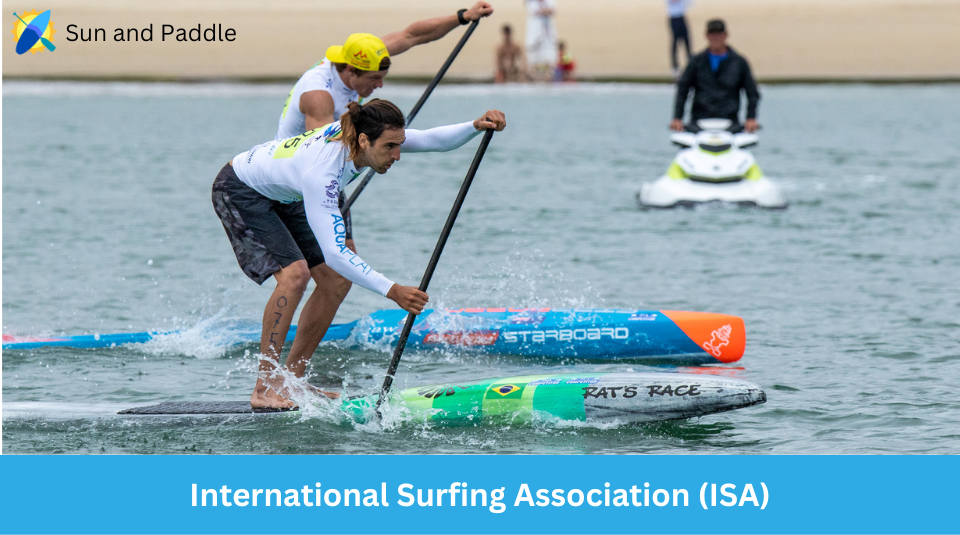
The International Surfing Association (ISA) is the governing body for stand-up paddleboarding, responsible for organizing the ISA World SUP and Paddleboard Championship. The ISA World SUP and Paddleboard Championship is an annual event that brings together the best SUP athletes from around the world to compete in a variety of disciplines, including SUP racing, SUP surfing, and technical SUP racing.
World StandUp Paddleboard Championship (WSUPPC)
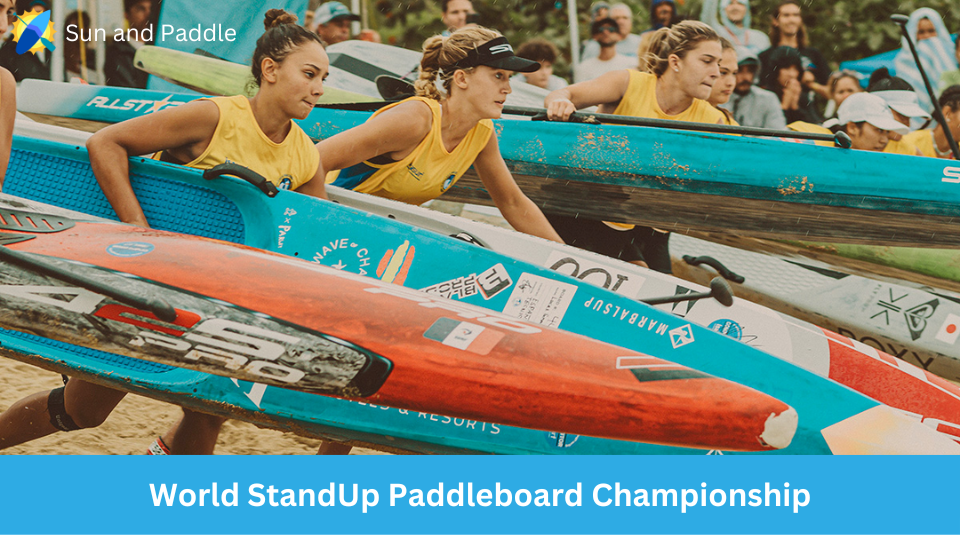
The World StandUp Paddleboard Championship (WSUPPC) is another major international competition that tests the skills of the world’s best SUP athletes. The WSUPPC is organized by the International Canoe Federation (ICF) and features a variety of disciplines, including sprint racing, distance racing, and technical racing.
Competitors in SUP competitions must wear a personal flotation device (PFD) or life jacket and use a leash to keep the board attached to them at all times. They must also follow regulations set by organizations such as the U.S. Coast Guard and wear sunscreen to protect their skin from the sun’s harmful rays.
SUP competitions occur in various settings, including rivers, lakes, and oceans. The type of board used in competitions can vary depending on the conditions, with some competitors opting for inflatable SUPs for their stability and others using traditional hard boards for their speed and maneuverability.
To compete in SUP competitions, athletes must have excellent balance and stability on the board and strong core muscles to power their strokes. They must also be able to stabilize themselves quickly if they fall off the board and know how to get back on quickly.
Overall, SUP competitions are an exciting way to test the skills of the world’s best athletes in a fun and accessible watersport.
FAQs
Can seniors paddleboard?
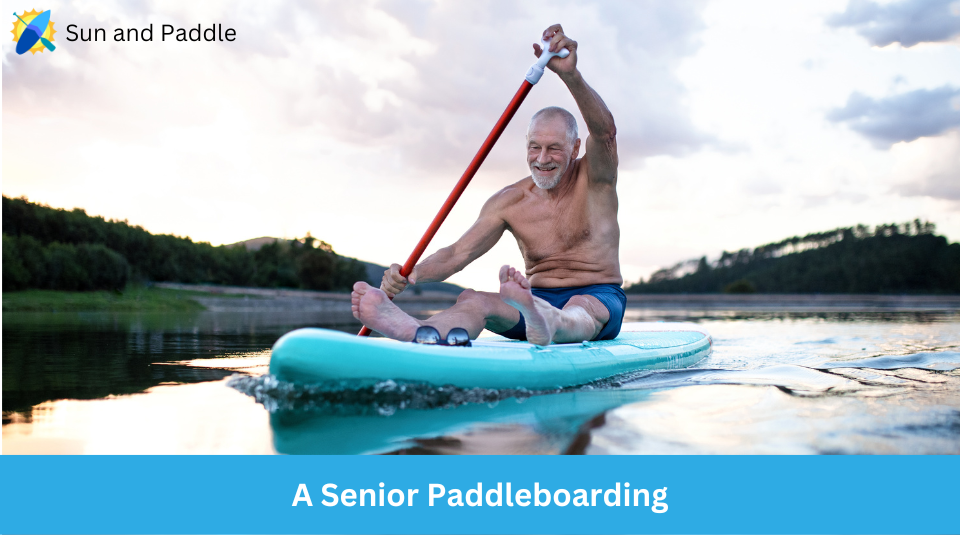
Yes, seniors can paddleboard. Stand-up paddleboarding (SUP) is a low-impact exercise suitable for people of all ages and fitness levels, including seniors. It improves balance, strengthens core muscles, and offers a great way to enjoy the outdoors. However, like any sport or activity, seniors need to take appropriate safety measures like using personal flotation devices, starting on calm waters, learning the correct techniques, and preferably paddleboarding in the company of others. Before starting paddleboarding for seniors, it’s always recommended to consult with a healthcare professional before starting any new physical activity, especially for seniors with existing health conditions.
Can children paddleboard?
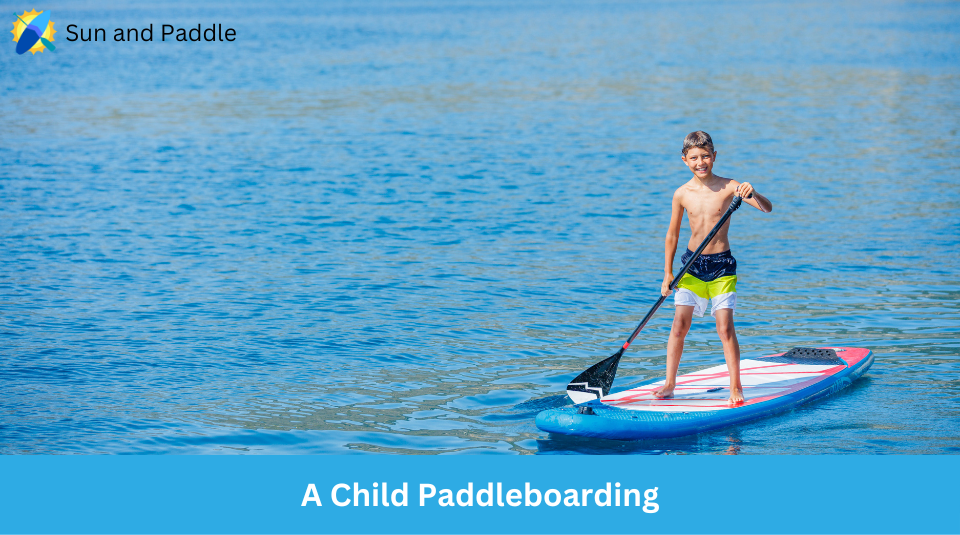
Yes, children can absolutely paddleboard. Stand-up paddleboarding (SUP) is a family-friendly activity that’s fun and helps develop balance, coordination, and strength. It’s important to ensure that children are properly supervised, use safety equipment like life jackets, and are trained in basic paddleboarding techniques to ensure their safety. A tip to paddleboarding for children, starting on calm and shallow waters is also advisable. Always remember that the suitability of paddleboarding for a particular child depends on their abilities and comfort in the water, so it’s essential to ensure the child feels confident and secure.
What is SUP yoga?
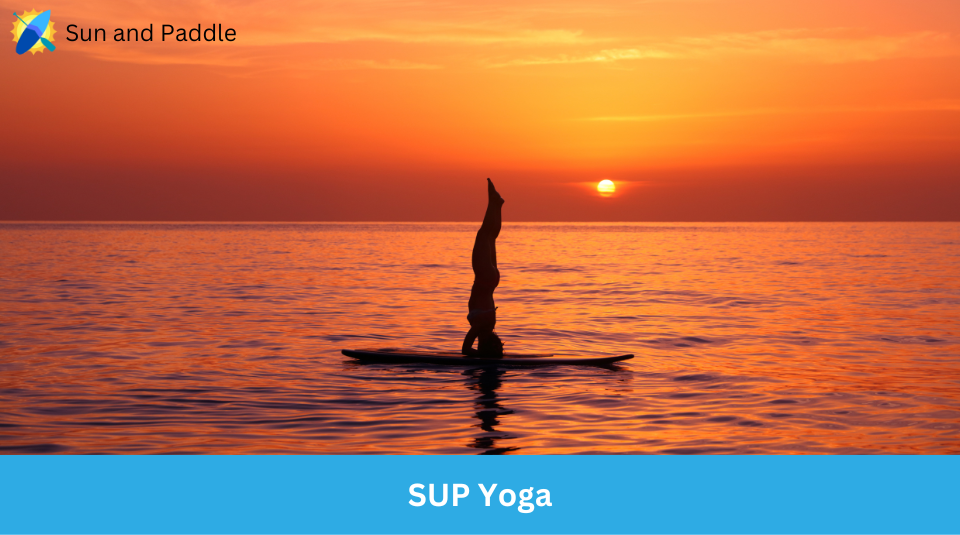
SUP yoga, which originated in Hawaii and gained popularity in the mainland in the early 2010s, is the practice of performing yoga on a stand-up paddleboard (SUP) on calm bodies of water such as lakes, bays, and sluggish rivers. The practice involves integrating hatha and vinyasa poses on a 10- to 12-foot paddleboard while making minor body position and weight distribution adjustments to counterbalance the board’s movement. What is SUP yoga? It is a form of exercise that enhances strength, balance, and mindfulness and provides a connection to nature and a stress-relieving outdoor environment.
Practicing SUP yoga requires an acute awareness of one’s surroundings and body and being fully present in the moment. Unlike land yoga, where you are rooted, SUP yoga involves continuously moving with the wind and current while maintaining balance on a confined surface. This necessitates intense concentration and balance to stabilize the paddleboard while holding or transitioning postures, ultimately improving land technique and exercising unused muscles.
Adjustments in yoga flow may be necessary as hatha yoga is slower and more gentle, whereas vinyasa yoga involves continuous movement between postures. Excellent balance and concentration are essential, especially for beginners, as the practice involves floating with the wind, waves, and restricted space. Even experienced yogis must exercise patience and allow time to adjust to this new form of exercise. Ultimately, practicing SUP yoga outdoors is a tranquil and calming experience that offers the added benefits of fresh air and gorgeous surroundings.
What is paddlesurfing?
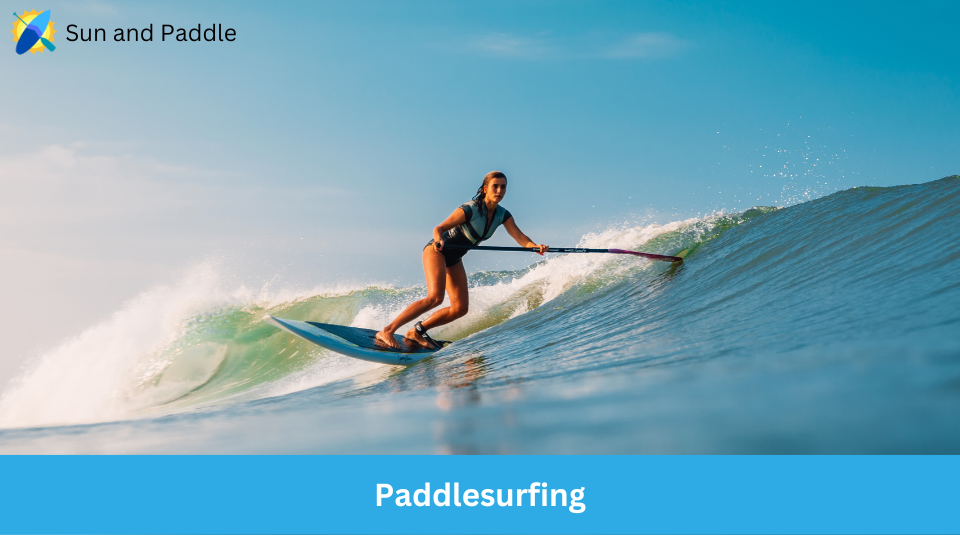
Paddlesurfing, or SUP surfing, is a variation of traditional surfing that employs a paddle for balance, increasing ride distance, and paddling back to the surf zone. It offers greater balance and control, allowing paddlesurfers to catch more and larger waves. The main differences between SUP surfing and traditional surfing include getting out to the surf zone and catching a wave. SUP surfers stand and paddle out to the surf zone, while traditional surfers lie on the board and paddle out with their arms. Additionally, paddlesurfers can catch smaller, less powerful waves not suitable for traditional surfers, as they are already standing upright on the board and can use the paddle for balance. Equipment differences include the necessity of a paddle for SUP surfing, and the design of the boards; paddleboards are designed for stability and to support standing weight, while surfboards are designed for rapid turns, maneuverability, and do not need to sustain standing weight consistently. This makes paddleboards more stable, steady, and slow-moving compared to surfboards, which are thinner with less volume. Despite these differences, both sports provide a thrilling experience on the water, but paddlesurfing offers an easier learning curve and the ability to catch a wider range of waves.
What is SUP fishing?
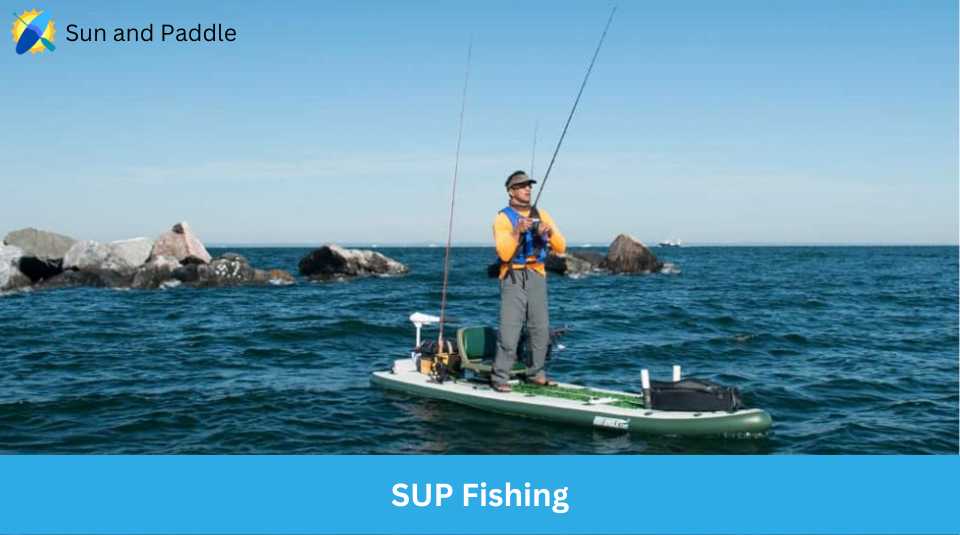
SUP fishing is a combination of stand-up paddleboarding (SUP) and fishing, providing a unique and environmentally friendly way to fish. It involves standing on a paddleboard and using a paddle to move across the water while fishing. This activity allows anglers to access fishing spots that might be difficult to reach with a boat or from the shore. The quiet and nonintrusive nature of a paddleboard also makes it less likely to scare away fish, increasing the chances of a successful catch. As people become more conscious of their environmental impact and look for new ways to enjoy the outdoors, many are discovering what SUP fishing is and its benefits.
SUP fishing requires some special equipment and preparation. First and foremost, you need a stable paddleboard with enough space to carry fishing gear and any fish you catch. Many SUP manufacturers now offer boards specifically designed for fishing, with built-in rod holders, cooler tie-downs, and other useful features. In addition to a suitable board, you’ll also need a paddle, personal flotation device, fishing gear, and any necessary fishing licenses or permits. Once you have all the necessary equipment, it’s important to plan your trip carefully, taking into account the weather, water conditions, and local fishing regulations. With the right preparation, SUP fishing can be a rewarding and enjoyable way to spend a day on the water.
What is SUP racing?
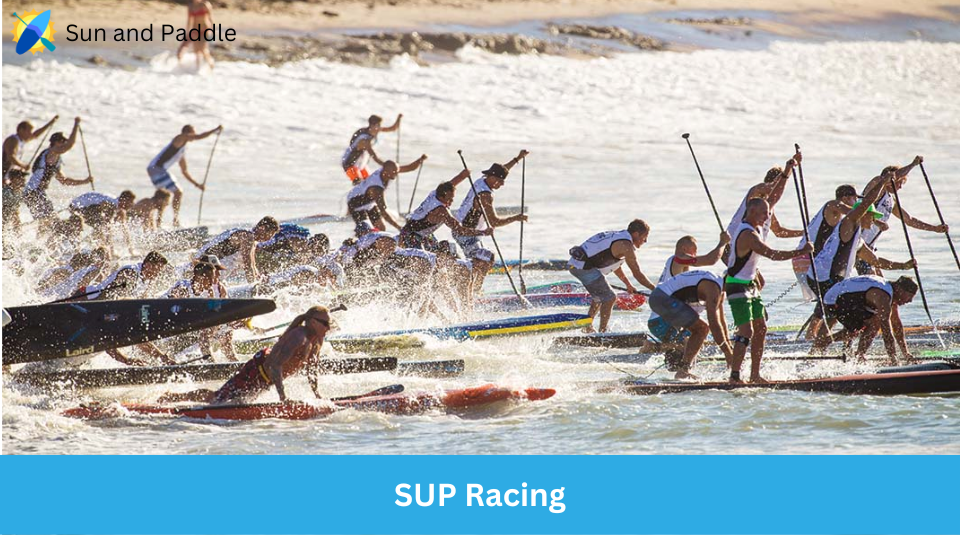
SUP racing is a competitive aspect of stand-up paddleboarding (SUP) where individuals race against each other on paddleboards. The races can take place on various water bodies such as lakes, rivers, canals, or the open ocean. There are different categories and distances in SUP racing, ranging from short sprints of a few hundred meters to long-distance marathons covering several miles. Participants use specially designed racing boards, which are narrower and longer than regular SUP boards, to maximize speed and efficiency. As SUP has grown in popularity worldwide, so has the interest in SUP racing, with numerous events held each year, attracting both amateur and professional athletes. For those looking for a physical challenge and the thrill of competition, discovering what SUP racing is can be an exciting venture.
To participate in SUP racing, one needs to have a good level of physical fitness as it demands a lot of endurance, strength, and balance. It’s also essential to have proper technique and form to maximize paddle efficiency and maintain speed throughout the race. Training often involves a combination of on-water practice sessions, where racers work on their paddling technique, speed, and turning abilities, and off-water exercises to improve overall fitness and strength. Many racers also find it beneficial to work with a coach who can provide personalized training plans and feedback. As with any competitive sport, mental preparation and a positive mindset are also crucial for success in SUP racing.

